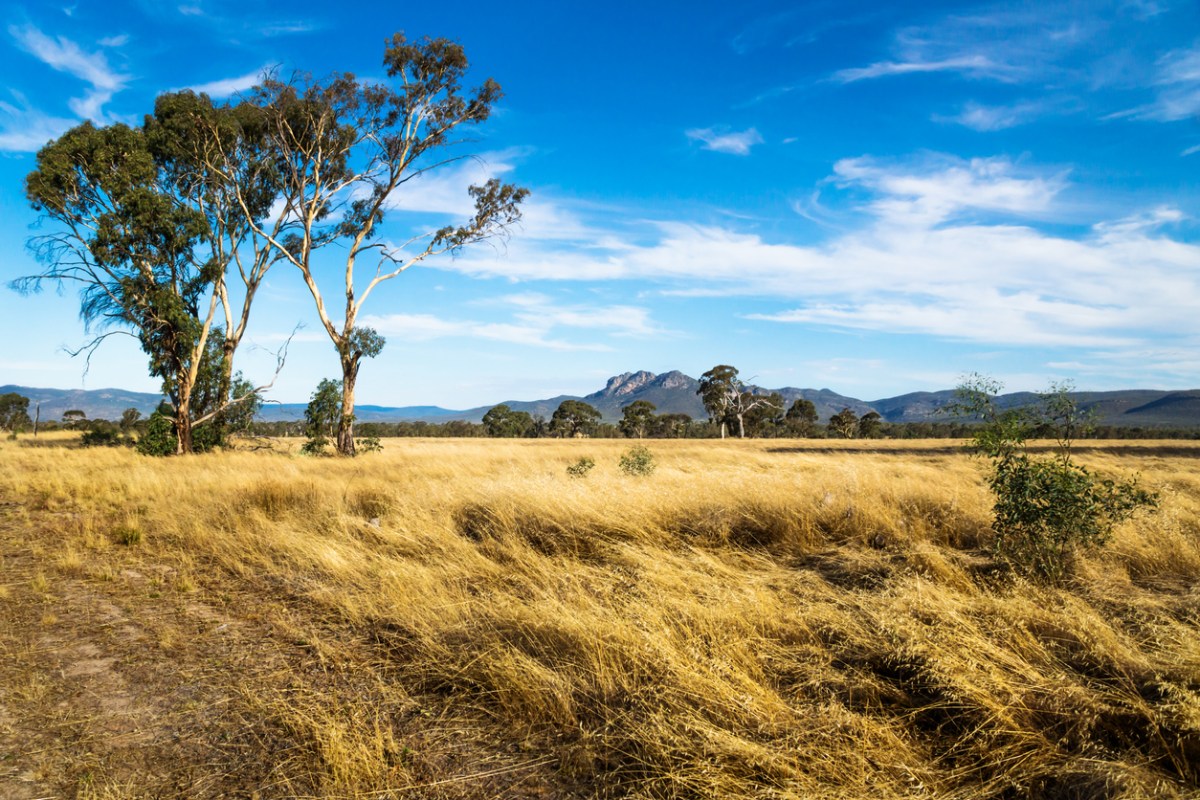Bank Australia is a mutual bank, it’s owned by its members, not by outside shareholders. And while this gives them latitude to invest with their values, and pursue high-impact projects that their members are demanding, it still requires an intentional drive for positive change.
OnImpact spoke with Jane Kern, Senior Manager of impact finance at the bank. She explained the sustainability ideals that guide their work, their responsible lending rules, and how they’re responding to member demands for investment in high-impact projects.
Responsible Lending
The business of banking is about taking deposits on one side, and then making loans on the other. Bank Australia has a responsible lending overlay, which restricts the industries to which it will lend, while also prioritizing funding to those making positive improvements.
The bank won’t lend to companies involved in: fossil fuels, live animal exports and tobacco. Instead, they focus their commercial lending on housing, not for profits and a selection of property developments.
Their first loan into the community housing sector was over 15 years ago. They also recognised the opportunities and the impact in the specialist disability accommodation space around five or six years ago.
“We’ve got a team of people that are focused on working with business and not for profit clients that are having a positive impact, and we provide loan funding to help them do their thing.” Jane says.
Retail lending is significant for Bank Australia, which is to be expected when it’s member owned. And it’s here that they’re making a concerted effort to further align their impact goals.
“One of the things that we can really focus on is helping people to make their biggest assets, their home, more sustainable.” Jane says.
“So we’ve worked with the Clean Energy Finance Corporation (CEFC) to bring our clean energy home loan to market. It incentivizes customers that are either buying or building a new green home, or making really ambitious green upgrades, via a unique home loan product.”
Bank Australia also depends on bonds to manage its liquidity. Their treasury department has a large bond portfolio.
“They’ve done a lot of work over the last couple of years, and now we’re a large investor in green, social and sustainability bonds via that portfolio.” Jane says.
Direct Funding for High-Impact Projects
Bank Australia strives to make a profit. It’s vital to enable it to grow, to innovate, to attract the best talent and to fund the high-impact projects its members expect.
“We absolutely need to make a profit to be a sustainable bank and to be good custodians of our members’ funds. But we don’t necessarily have to maximise profit at all costs, we’re able to engage with our customers to find out which things they really care about, and how they want the bank to take action.” Jane says.
A key pillar of this impact approach is to allocate 4% of after tax profits, every year, into the Bank Australia Impact Fund.
This funds their annual customer grants programme, which is open to applications for support from small organisations doing amazing things.
It also funds the Conservation Reserve. They’re the only bank in the world that owns a chunk of land, reserved for conservation, and sustainable land practices. It’s 2,117 hectares, it’s home to 225 native plant species, 234 native animal species, and its under a conservation covenant, so it’s protected from development for forever.
They work closely with the local Aboriginal land Council, bringing indigenous land management practices into the reserve.
It Ain’t Easy Being Green
This approach to impact fits neatly with the Bank Australia brand, but that doesn’t mean it’s easy. It still takes concerted effort, and an intentional focus.
“Being a mutual is a good foundation, but is being a mutual necessarily going to lead to positive impact? No, I think you still need to work really hard to be intentional about that and to try to maximise the impacts that you can have that are aligned to your customers interests.” Jane says.
“I do think that, from a governance perspective, mutuals are really well set up for impact. Ultimately, you’re answerable to your customers. And so that I think gives you the motivation and the space to do things that are in their best interests.”
The bank listens to their customers, and they do deep research into their opportunities to fund and develop impact projects.
It’s a powerful set of aligned incentives, where profit can grow the business, whilst sitting aside an allocation for projects focussed on sustainable development. Plus, there’s no outside investors expecting a dividend, or demanding gains in the share price.

